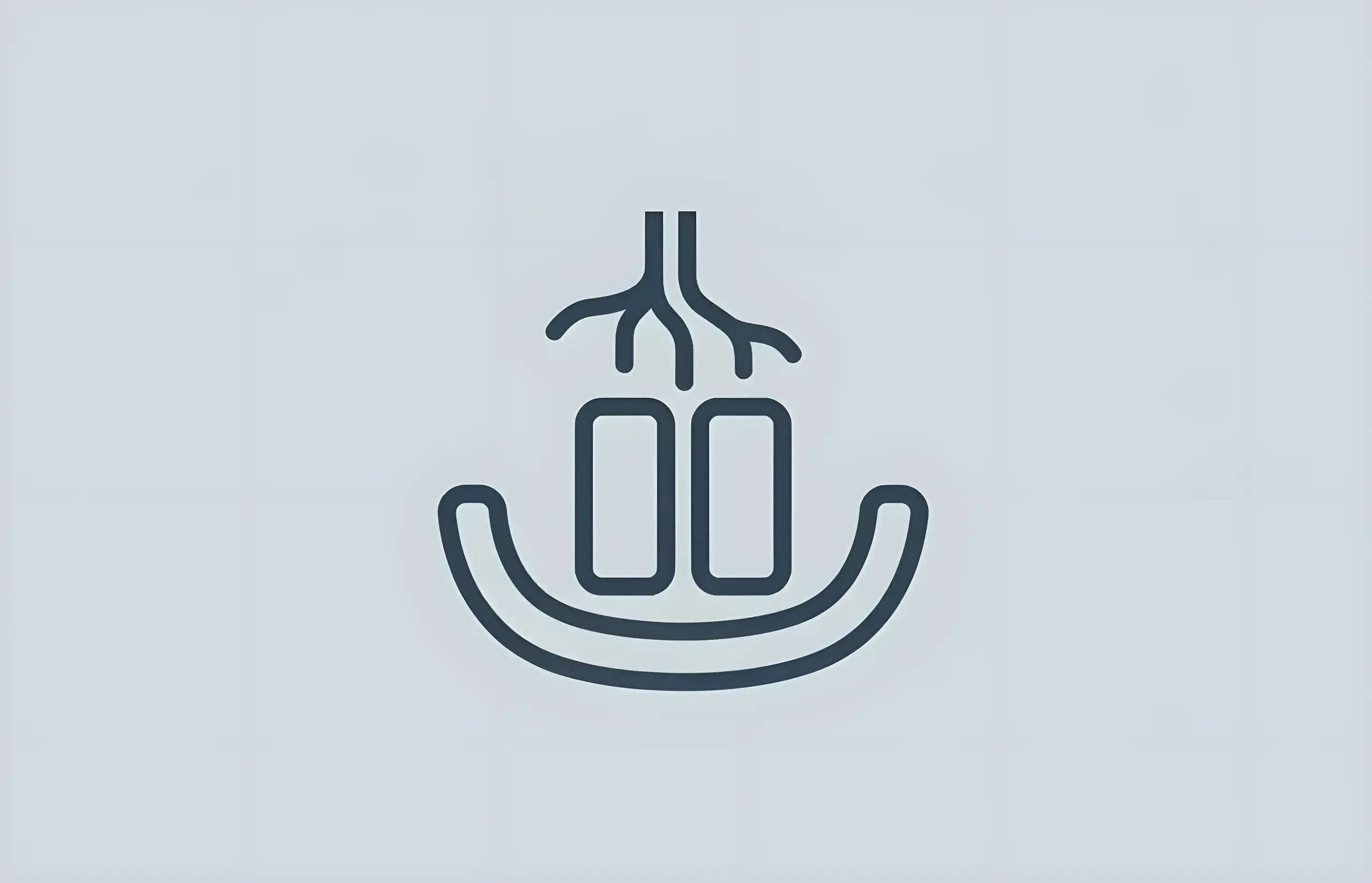Do you feel sad and perturbed by your crowded bottom teeth that stop you from smiling and talking confidently in public?
Well, let's have a look at what teeth crowding is and the common causes of bottom teeth crowding.
Understanding Teeth Crowding
For aligned teeth, your teeth shouldn't be twisted, overlapped, crooked, or crowded and need to fit into your mouth perfectly. Any kind of misalignment in your teeth is referred to by orthodontists as malocclusion.
Bottom teeth crowding is one such type of malocclusion where your teeth overlap and look tightly packed. Apart from aesthetic issues, bottom teeth overcrowding could lead to dental health issues too as crowded teeth would be difficult to clean.
Research shows that crowding represents the most frequent malocclusion in orthodontics, with approximately 46% of children aged 6-12 and 85% of those aged 12-17 experiencing this condition. Notably, the lower incisors are most commonly affected.
The symptoms of bottom teeth crowding include gum diseases, cavities forming in places where teeth come in contact, difficulty in cleaning teeth, food getting trapped between teeth, speech challenges like lisping, misaligned teeth, and bad breath.
Common Causes of Bottom Teeth Crowding
A common dental condition that affects both children and adults alike, let's have a detailed look at the common causes that result in bottom teeth crowding.
Hereditary Factors
As per the studies conducted by the U.S. National Library of Medicine, genetics could be the reason why you may have developed misalignment or bottom teeth crowding.
Research demonstrates that hereditary factors significantly outweigh environmental influences in dental crowding development. Studies of indigenous Amazon populations descended from a common ancestor showed that the village with higher inbreeding (F = 0.25) had substantially lower dental crowding prevalence (2.5%) compared to the original village (28.6%), despite identical dietary and tooth-wear patterns.
There are chances that you have inherited the dental features of your parents, and that may have caused your bottom teeth to crowd. The findings emphasize the role of heredity, exacerbated through inbreeding, in the etiology of this malocclusion. Larger dental arch dimensions (genetically determined) explain lower levels of dental crowding.
So, genetic predisposition is a major element that has to be factored in while trying to understand the reasons behind bottom teeth crowding.
Jaw Size
The size of your jaw plays a key role in the alignment of your teeth. Some people are born with a smaller jaw and this could result in bottom teeth crowding.
Crowding stems from an inconsistency between tooth size and arch dimension that results in malocclusion. Contributing factors include mandibular growth direction, arch dimensions, and muscle function. The lack of space in the dental arch can manifest due to disproportionately large-sized teeth, or due to a decrease in arch length or arch width or a combination of these factors.
Also with age, the size of the jaws will decrease, causing a mismatch in the size of teeth and jaw. On average, the shrinkage of the jaw could be only a few millimeters, but this is considered enough to cause bottom teeth crowding.
The extent to which the jaw shrinks is different from person to person and in some people, it may not cause any problem at all.
Early Loss of Baby Teeth
Research shows that premature loss of baby teeth has been a deciding factor in the occurrence of malocclusions and that it increased the chances of bottom teeth crowding.
A 2023 study found that premature loss of primary first molars was significantly associated with midline shift (p=0.065), while canine and second molar losses showed different effects. The findings underscore the importance of early detection and appropriate intervention to mitigate potential adverse effects on dental arch development and malocclusion.
Early loss of primary molars may result in lack of space, development of midline discrepancies, and other malocclusions in the permanent dentition, including tooth rotation, extrusion of the opposing tooth, dental crowding, deleterious habit formation, craniofacial growth anomalies, and impaction of the erupting permanent tooth.
Adolescents who have experienced tooth decay may experience a higher instance of bottom teeth crowding. Children with premature loss of primary teeth had more than three times the frequency of orthodontic treatment than those who had not lost their deciduous teeth prematurely.
Over-Retained Baby Teeth
If the baby teeth are retained for a prolonged duration, this will result in the permanent teeth not erupting at the right time. Preventing the timely eruption of permanent teeth would result in dental crowding.
Aging
Even if one has perfectly aligned teeth in their prime, as time progresses, there are chances that dental crowding might occur. As we age, the density of our bones tends to decline, this includes the declining density of jawbones as well.
Research shows that crowding progressively increases from mixed dentition until 60 years of age, especially in the mandible and females. Intercanine width increases until approximately 8 years (mandible) and 15 years (maxilla), then decreases into late adulthood. Intermolar width continues expanding in both arches until age 26, subsequently declining.
The decrease in the size of jaws could result in misalignment of teeth and thus contribute to crowded bottom teeth. A shrunken jaw won't have enough space to fit together all of the teeth perfectly, and the bottom front teeth are more susceptible to crowding.
Importantly, orthodontists should recommend that patients understand that crowding is a sign of aging that should not always be seen as a failure of orthodontic therapy.
Prolonged Thumb Sucking Habits
Almost everyone passes through thumb-sucking habits during infanthood and childhood, and in most cases, it won't cause any problems. But continuous thumb-sucking habits could put pressure on the teeth and jaw, leading to misalignment of teeth and resulting in bottom teeth crowding.
Research indicates that children with a history of finger sucking had malocclusion 4.25 times higher than kids without a history of it. Thumb sucking produces several orthodontic problems including anterior open bite (the thumb physically blocks incisor eruption), increased overjet (upper front teeth protrude forward), and tooth positioning issues with upper incisors showing proclination and retroclination of the lower incisors.
A strong correlation exists between habit persistence and dental damage, with a positive association between severe malocclusion and prolonged duration of thumb sucking.
Improper Dental Care
Not having regular dental checkups would mean that dental issues like gum diseases and tooth decay would go unchecked and untreated, often paving the way to malocclusions like dental crowding.
Treatment Options
There are various treatment options to look at once you've decided to treat your bottom teeth crowding. The commonly used methods by orthodontists to treat bottom teeth crowding are:
- Braces: Traditional metal or ceramic braces are the most comprehensive solution for severe crowding (12-36 months treatment)
- Retainers: Bonded retainers improve long-term stability and prevent relapse
- Extractions or surgery: Serial extractions or premolar removal for severe cases; extraction protocols show superior long-term stability
- Invisalign treatment: Clear aligners for mild to moderate crowding (6-18 months treatment)
Additional treatment approaches identified in research include:
- Arch expansion using Schwarz appliances and lip bumpers
- Space recovery through rapid maxillary expansion
- Air-rotor stripping (interproximal reduction)
Clinicians employ clinical examination, radiographs, model analysis, and cephalometric measurements for diagnosis. Little's Irregularity Index serves as a reliable measurement tool for quantifying anterior tooth displacement.
It's important to note that post-treatment relapse occurs in approximately 70% of cases without proper retention, though extraction-based protocols demonstrate superior long-term stability compared to non-extraction approaches.
Final Thoughts
Though some causes like tooth decay, gum diseases, and over-retainment of baby teeth could be prevented with good dental care and timely intervention, the major causes that lead to dental crowding of bottom teeth and malocclusion are by and large not under our control, like genetic predisposition and aging.
Don't shy away from visiting an orthodontist or dental health professional to seek the help that you need. There is a wide range of dental treatments that you could choose from.
Bottom teeth crowding is a common dental issue affecting 46% of children aged 6-12 and 85% of those aged 12-17, and there is no need for you to hide that beautiful smile when there are ways that could help you to smile confidently again!
Sources and References
-
[1]
Dental crowding: The role of genetics and tooth wearThe Angle Orthodontisthttps://pmc.ncbi.nlm.nih.gov/articles/PMC8805546/
-
[2]
Mandibular Crowding: Diagnosis and Management—A Scoping ReviewJournal of Personalized Medicinehttps://pmc.ncbi.nlm.nih.gov/articles/PMC10222176/
-
[3]
Effects of Premature Primary Tooth Loss on Midline Deviation and Asymmetric Molar Relationship in the Context of Orthodontic TreatmentCureushttps://pmc.ncbi.nlm.nih.gov/articles/PMC10449235/
-
[4]
Dental changes in humans with untreated normal occlusion throughout lifetime: A systematic scoping reviewAmerican Journal of Orthodontics and Dentofacial Orthopedicshttps://pubmed.ncbi.nlm.nih.gov/34456004/
- [5]
All sources accessed and verified on . Medical information reviewed for accuracy and compliance with current guidelines.
Related Articles

A Guide to Adult Orthodontics
Comprehensive information about orthodontic treatment for adults, including treatment options, costs, and what to expect
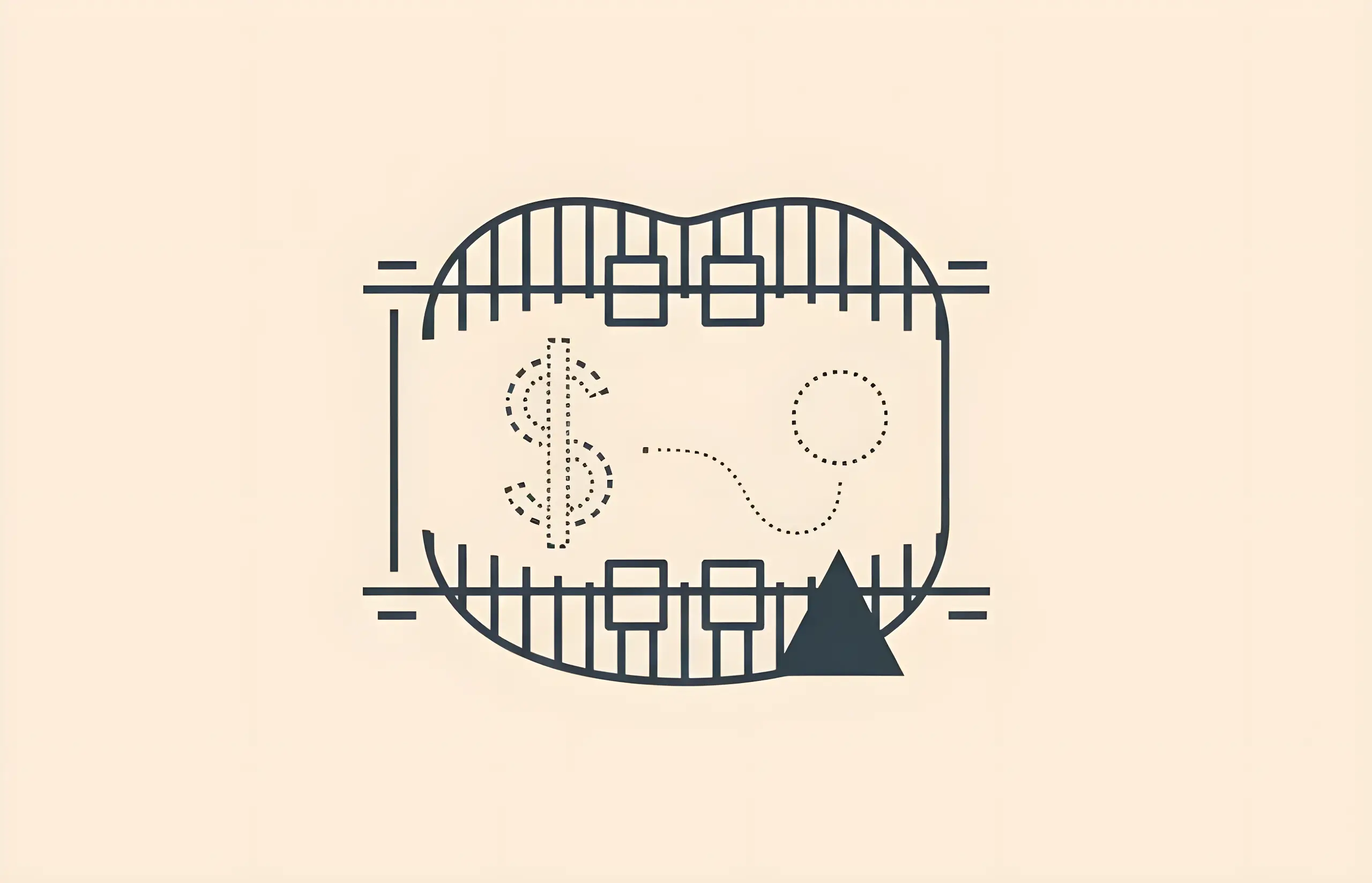
How Much Do Adult Braces Cost?
Comprehensive Cost Analysis (£1,500-£10,000 Range, 59% Out-of-Pocket, 6.31 Months Shorter with Aligners)
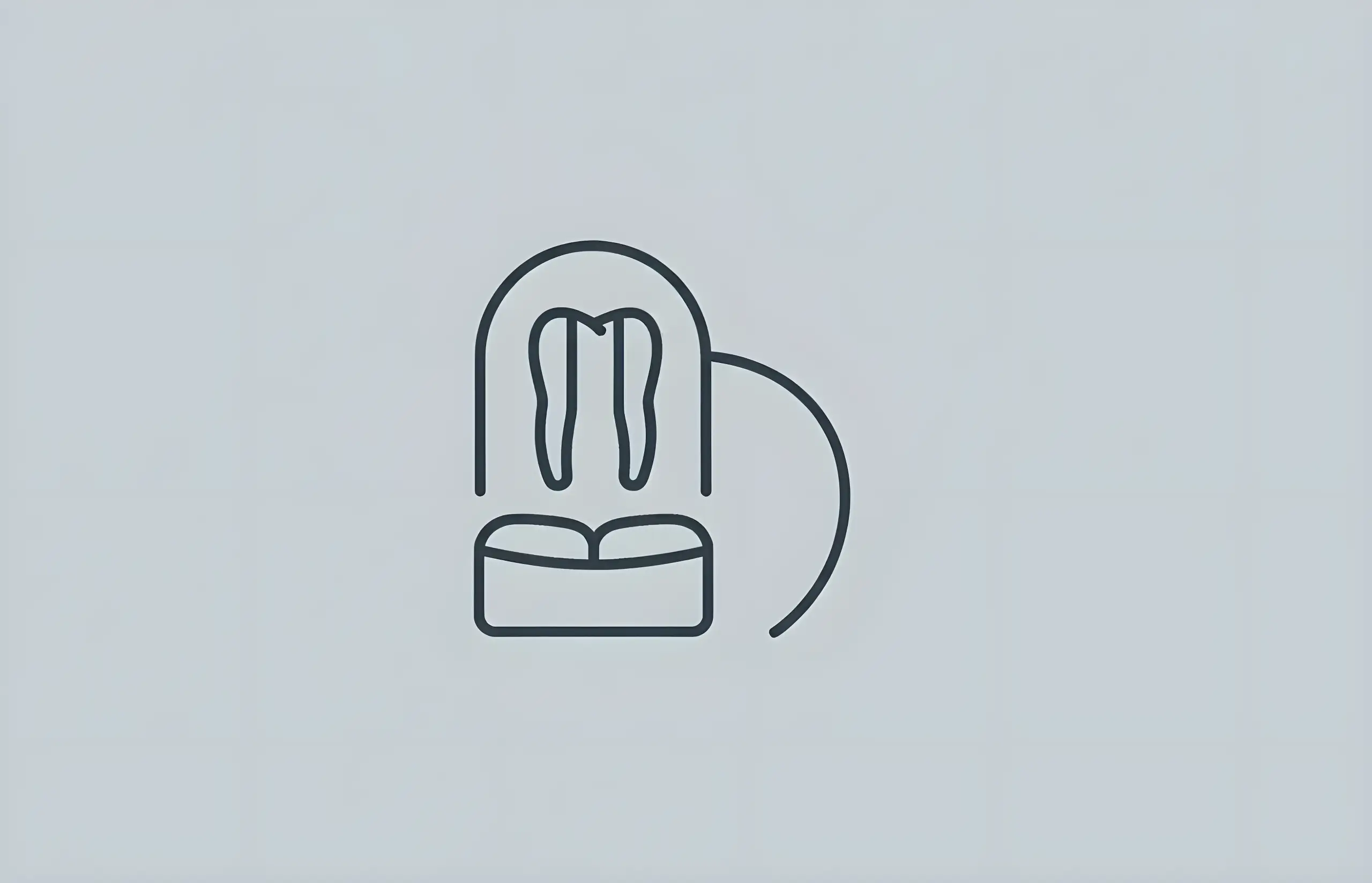
Can Retainers Straighten Teeth?
Comprehensive guide to orthodontic retainers, their purpose in preventing relapse, types of retainers, and why they cannot be used to straighten teeth independently
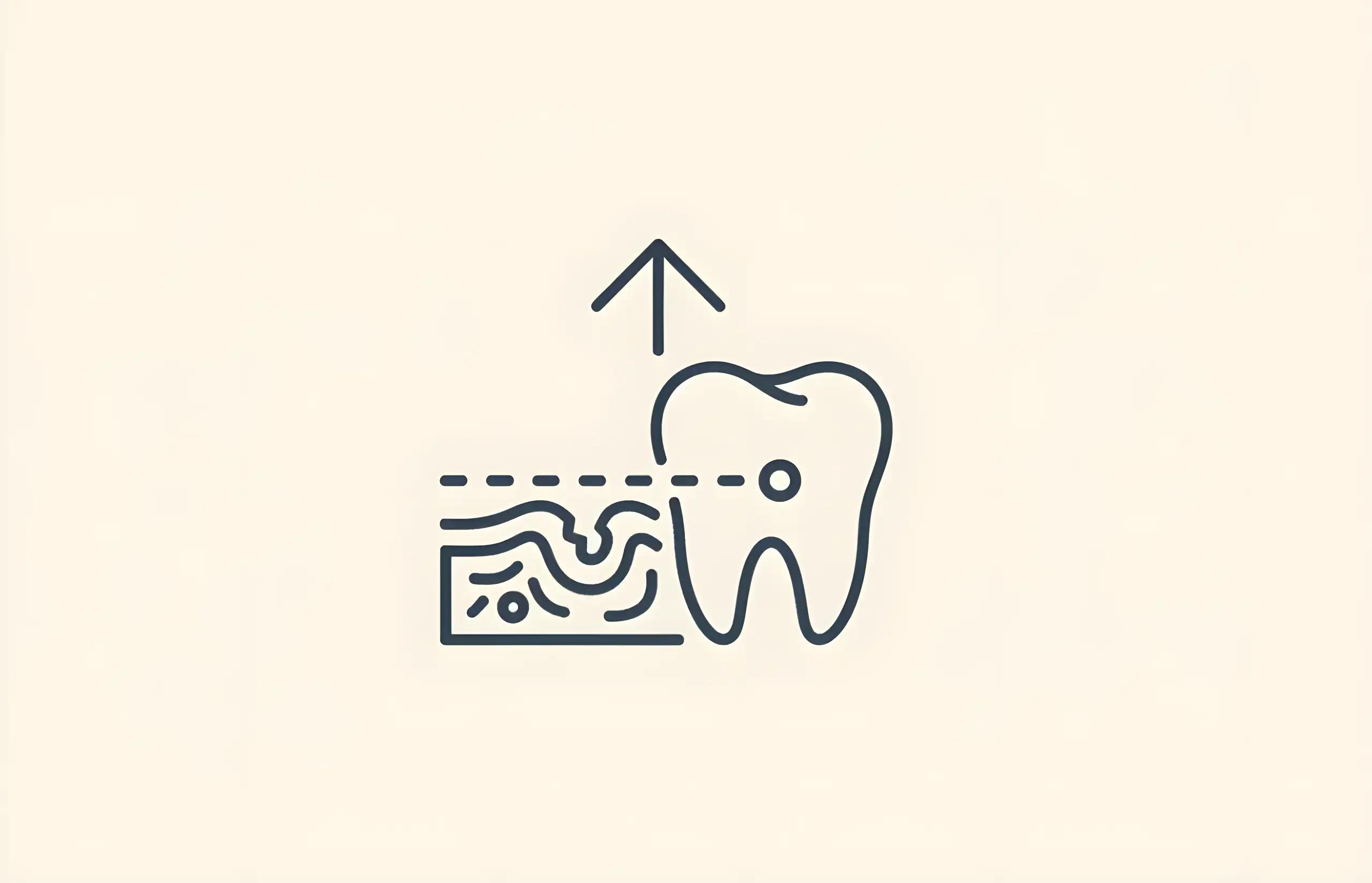
Can You Have Dental Implants With Gum Disease?
Complete guide to dental implants and gum disease including symptoms of periodontitis, success rates with treated gum disease, and treatment requirements before implant surgery
A Guide to Ceramic Braces
Comprehensive information about ceramic braces, including how they compare to metal braces, costs, benefits, and considerations for choosing this orthodontic option
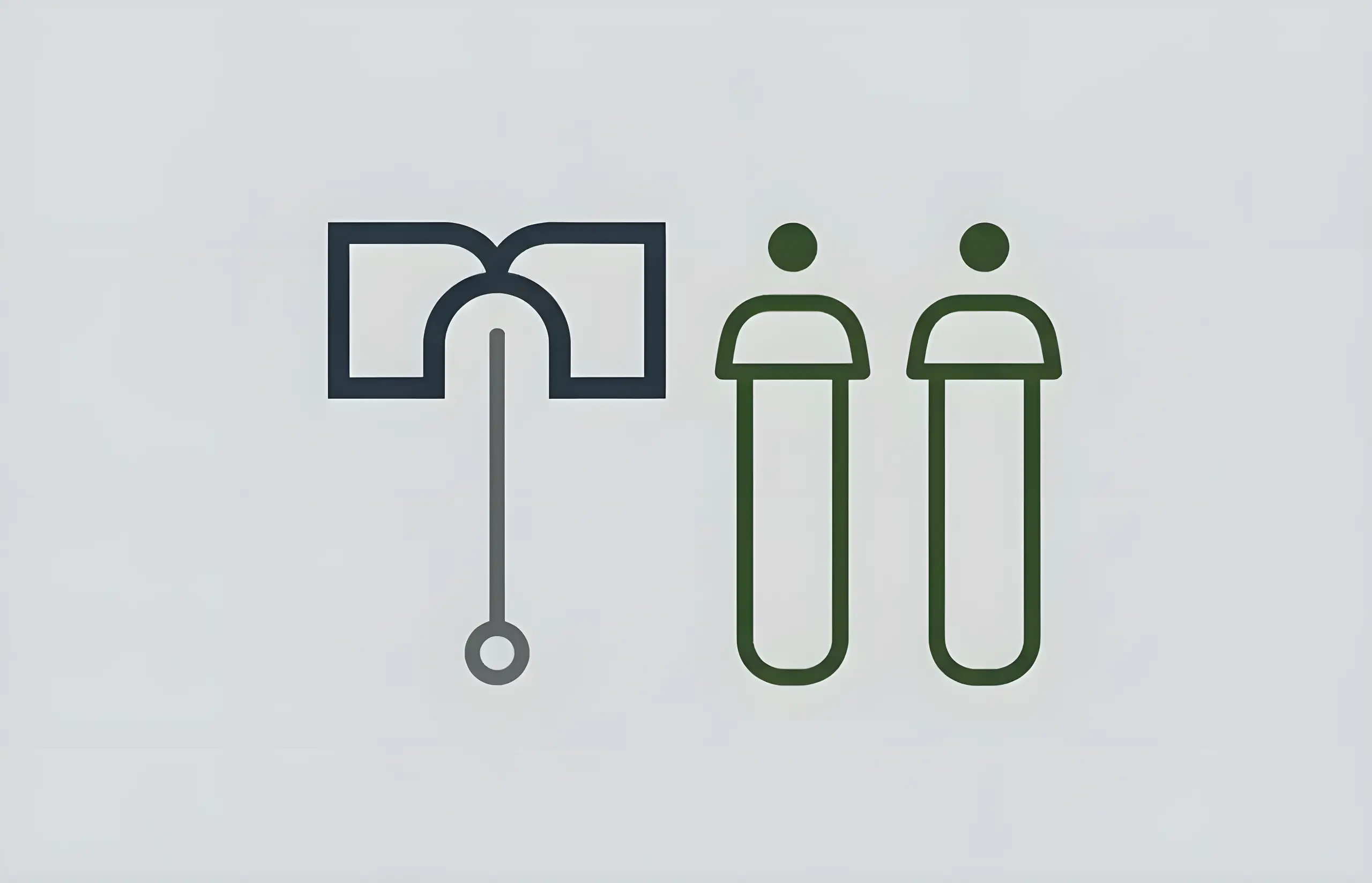
A Guide to Dental Braces for Kids
Comprehensive information about orthodontic braces for children and teenagers, including types of braces, treatment duration, costs, and oral care during treatment
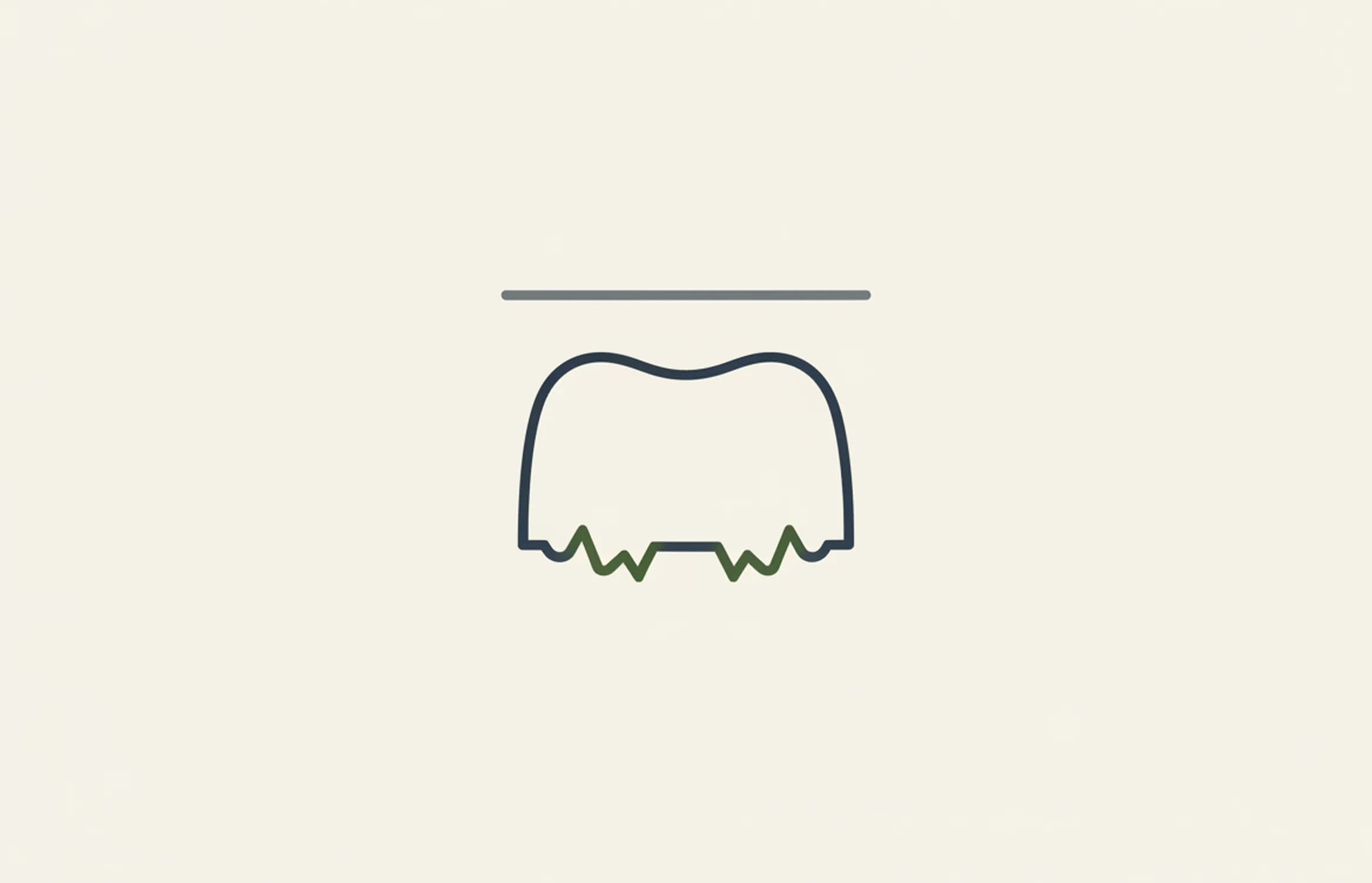
Can Invisalign Cause Gum Damage?
Comprehensive guide to Invisalign and gum health, including gingival recession risks, periodontal benefits, and how clear aligners compare to traditional braces

Veneers For Front Teeth Gap
How porcelain veneers can effectively close diastema and improve your smile with a permanent, natural-looking solution
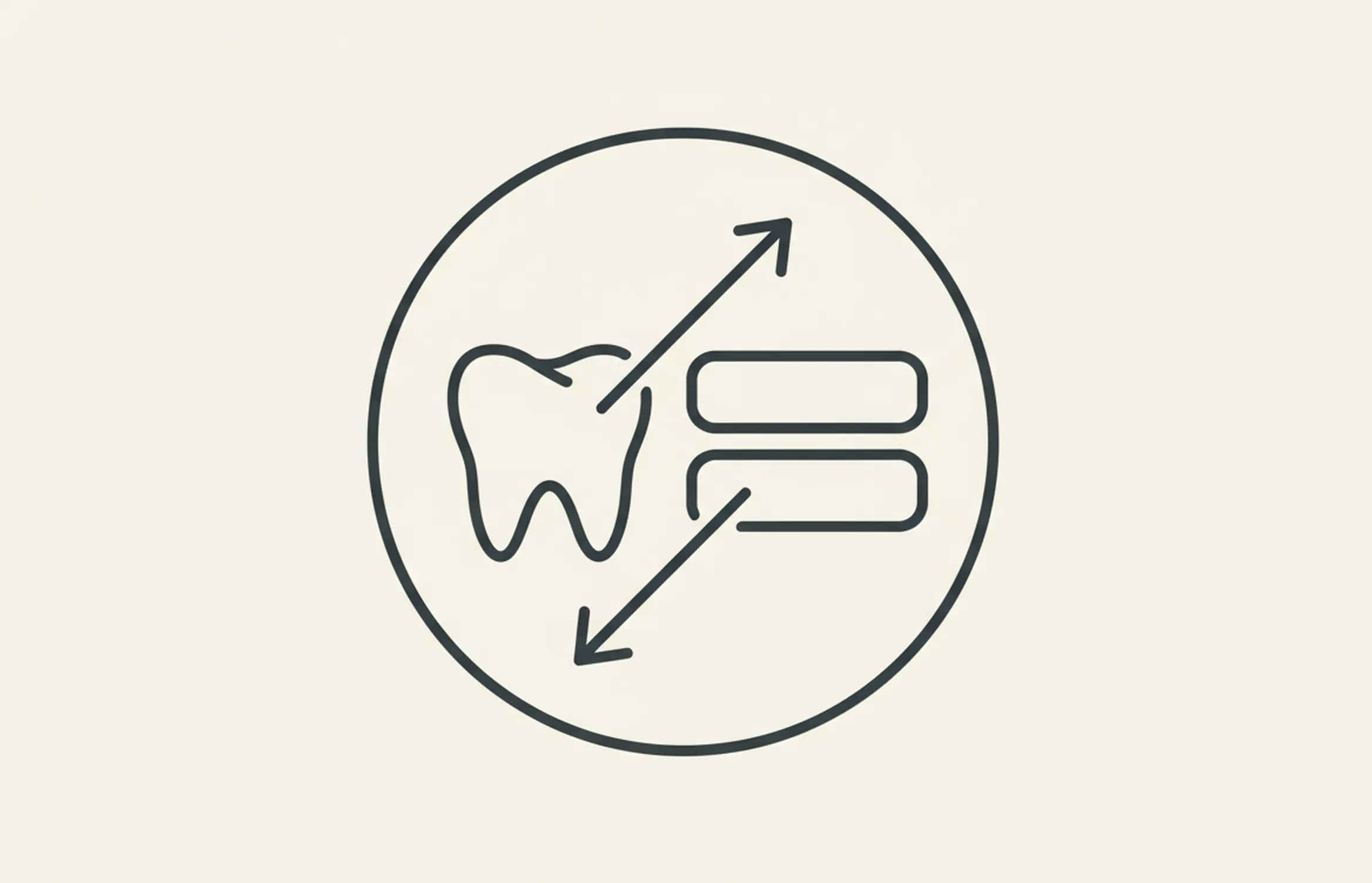
Can You Get Veneers With Crooked Teeth?
Comprehensive guide to using veneers for crooked teeth, including when they work, limitations, material options, and alternative orthodontic treatments
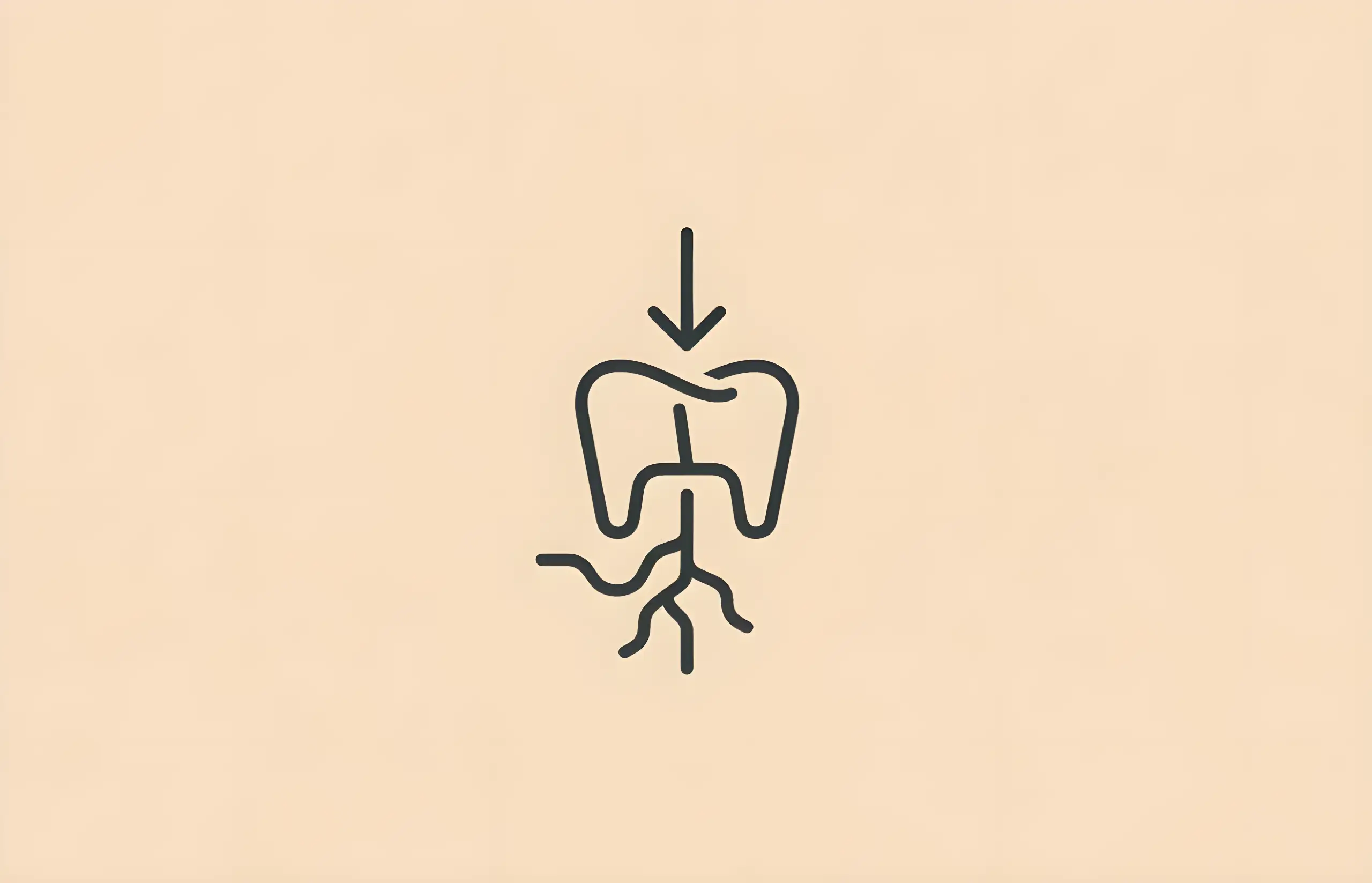
What Causes Teeth to Shift in Adults?
Understanding age-related tooth movement, poor habits, and treatment options to maintain dental alignment in adulthood
About The Dental Guide
The Dental Guide is a trusted online resource providing evidence-based information about dental health, treatments, and procedures. Our content is created and reviewed by qualified dental professionals to help you make informed decisions about your oral health.
Our Mission
- Evidence-based dental information
- Expert-reviewed content
- Clear, accessible explanations
- Latest treatment options
- Patient-focused guidance
Editorial Standards
- GDC-registered dental professionals
- Peer-reviewed sources
- Regular content updates
- Medical accuracy verification
- Transparent authorship
Important Notice
The information on The Dental Guide is for educational purposes only and should not replace professional dental advice. Always consult with a qualified dentist for diagnosis and treatment recommendations tailored to your individual needs and circumstances.
Medically Reviewed
Reviewed by Dr. Nasim Mechoui , BDS (Bristol)
Share this article
Comments & Discussion
Have questions about dental implants? Share your thoughts or experiences.
